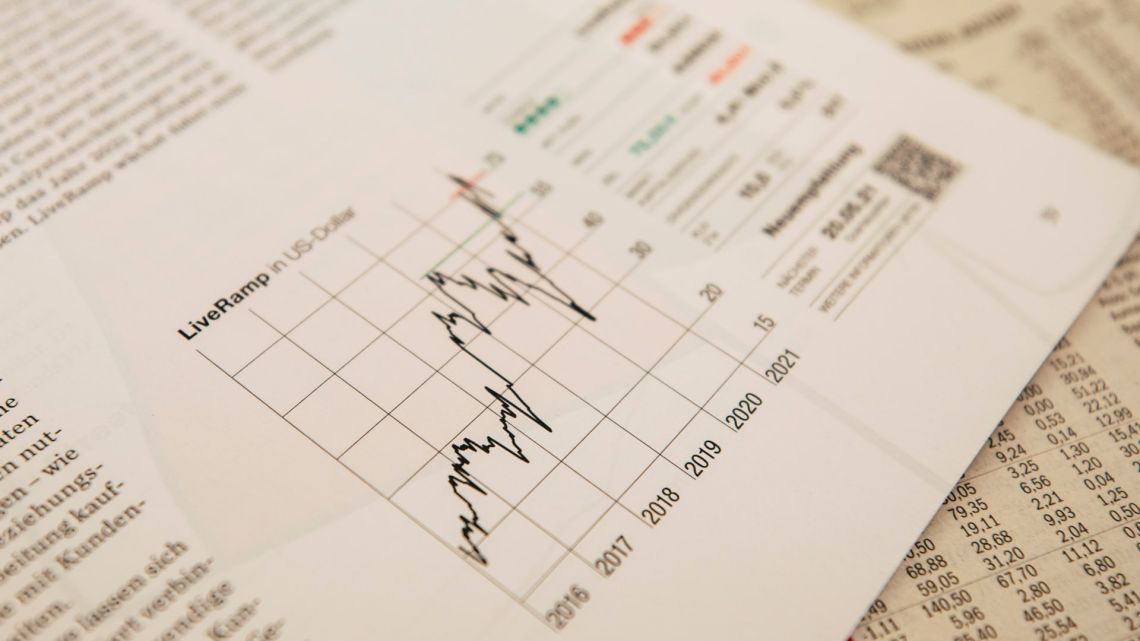
Shares of Tesla Inc. have experienced a significant surge in the past four days, rising more than 11%. This surge has brought the stock back above the widely watched 200-day moving average, renewing hope for a positive trend in 2023 after a challenging period.
However, it's essential to remember that when analyzing charts, there is always a larger trend to consider. In Tesla's case, the bigger trend still remains bearish.
On Friday, Tesla's stock (TSLA) closed at $219.96, above the 200-day moving average of $219.06. On Monday, it increased by 2% during premarket trading, with the 200-day moving average reaching $219.49.
The 200-day moving average is often seen as an indicator of the long-term trend. Therefore, while the rise above it on Friday is a positive development, its effects are likely to be short-term in nature.
Previously, the stock had been following an upward trend since hitting an intraday low of $101.81 on January 6th. However, after an unfavorable earnings report, the stock broke the uptrend line and fell below the 200-day moving average.
Friday's achievement indicates that the bulls are attempting to regain control.
Don't Miss: Tesla's broken 'triangle' warns of potential stock-selling pressure.
It's important to acknowledge that the stock's decline from its intraday high of $299.29 on July 19th to its low of $194.07 on October 31st retraced approximately 53% of the rally that occurred between January 3rd and July 19th. According to followers of the Fibonacci ratio, if a retracement remains within roughly 61.8% of the previous trend, then that previous trend is considered intact.
The Challenging Road Ahead
The bulls face a significant resistance zone just above their current position. This zone is marked by a price gap between the Oct. 18 low of $242.08 and the Oct. 19 high of $230.61. Moreover, the key 50-day moving average (DMA) stood at approximately $245 on Friday, and there is also a broken uptrend line that extends to around $246.
Price Gaps and Broken Uptrend Lines as Resistance Areas
Downside price gaps, when a stock opens below the previous session's low and remains below it throughout the day, often act as areas of resistance. Investors who missed the opportunity to sell might not want to pass up a second chance.
Broken uptrend lines and the shorter-term trend tracker, which is the 50-DMA in this case, are often targeted by sellers when a rally occurs.
Challenging the Long-Term Downtrend
Even if Tesla's stock manages to recapture the 2023 uptrend, it would require a rally of at least 13% from the broken uptrend line to pose a threat to the much larger downtrend that began two years ago.
As of Friday, a downtrend line starting from the Nov. 4, 2021, all-time intraday high of $414.50 and touching the highs in January and April 2022 and July 2023 extended to approximately $278. A trendline only needs three points, but having a fourth point strengthens its significance.
The Fibonnaci Retracement and Confirming Bear Control
The 61.8% Fibonacci retracement of the selloff from the all-time high to the Jan. 6, 2023 low amounts to a $312.69 decline, roughly 75%. This retracement level projects to be around $295. It is worth noting that the bounce off the Jan. 6, 2023 low lost momentum around this price, further confirming the bears' control in the long term.
Closing Above $295 for Bullish Confirmation
To truly signify the end of the two-year downtrend for Tesla bulls, the stock would need to close above $295 and sustain those gains to confirm a breakout. Achieving this level would require a further 34% rally from Friday's closing price.
A Long-Term Target
A long-term target would entail a full retracement of the two-year downtrend, which would require an additional rally of approximately 41% from the 61.8% Fibonacci retracement point.
Note: This analysis is subject to market conditions and should not be considered as financial advice.













Write Your Comment